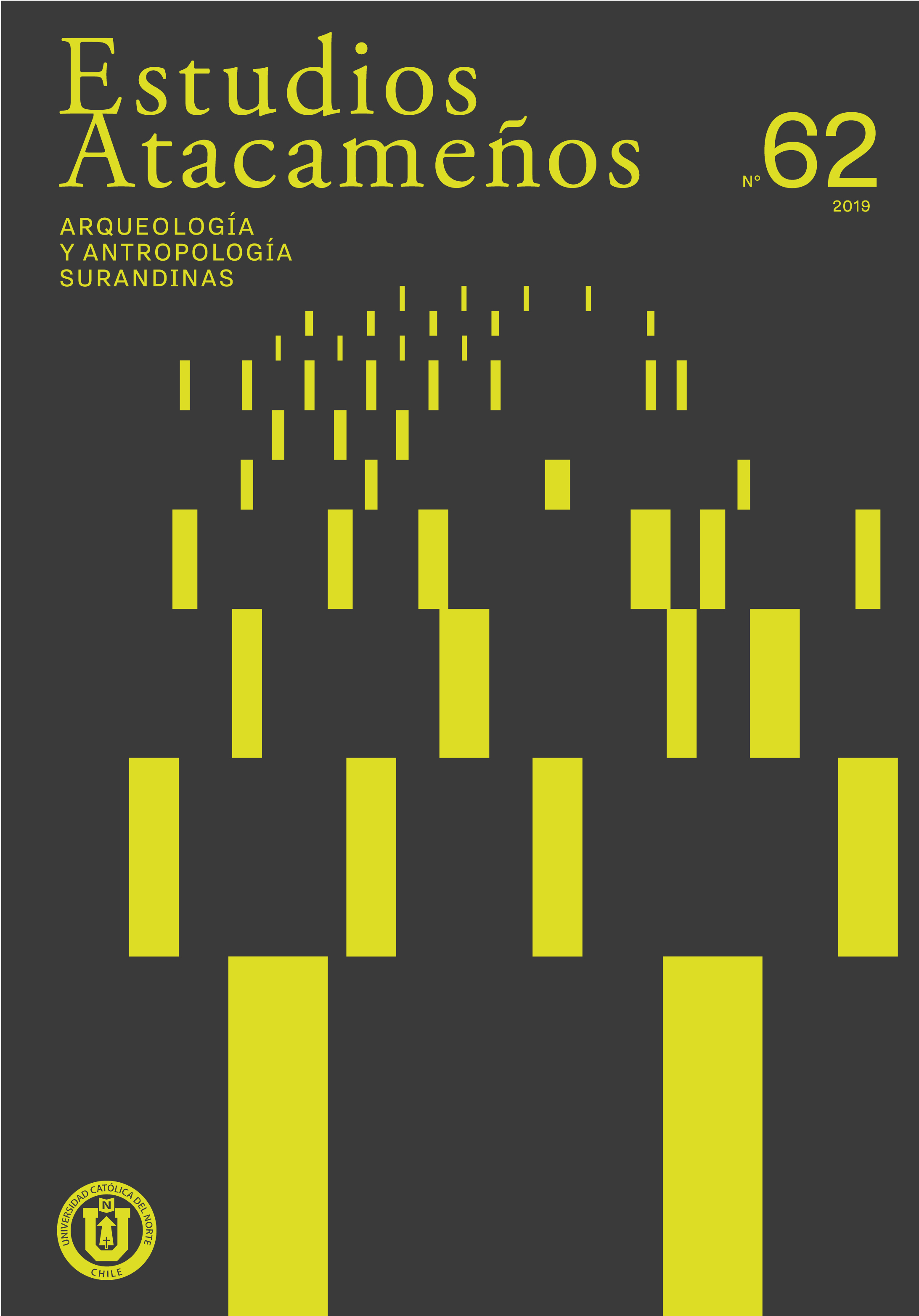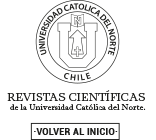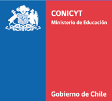Smart, Mobile and powerful - Drones in Epidemiology
La tecnologización de la vigilancia
DOI:
https://doi.org/10.22199/issn.0718-1043-2019-0012Keywords:
drones, epidemiology, biosecurity, syndromic surveillance, dispositive, FoucaultAbstract
This article wants to study drones as a new dispositive of bio-surveillance. The extension and speed of the expansion of infective diseases in a globalised society in which local outbreaks can quickly affect society all over the world makes new forms of bio-surveillance necessary. We have discovered in drones a new bio-dispositive that despite providing new forms and techniques of control reshapes the lines between sick and healthy and between subjects of control and others. In order to analyse the new role of drones, the article will take a look into the past and reflect on the impact of drones in global bio-surveillance, evaluating the opportunities and risks of this new dispositive of power in the field of surveillance.
References
Beck, U. (2002). La sociedad del riesgo global. Madrid: Siglo XXI.
Berkman, L., Kawachi, I. y Glymour, M. (2014). Social Epidemiology. Oxford: Oxford University Press.
Braidotti, R. (2015). Lo Posthumano. Barcelona: Gedisa.
Chamayou, G. (2013). Teoría del dron: nuevos paradigmas de los conflictos del siglo XXI. Barcelona: Nedediciones.
Collier, S. (2008). Enacting Catastrophe: preparedness, insurance, budgetary rationalization. Economy and society, 37(2), 225-250.
Deleuze, G. 1999. Post-scriptum sobre las sociedades de control. En Conversaciones 1972-1990. Valencia: Pre-Textos.
Fearnley, L. (2005a). From Chaos to Controlled Disorder: Syndromic Surveillance, Bioweapons, and the Pathological Future. ARC Working Paper, 5, 1-35.
Fearnley, L. (2005b). Pathogens and the Strategy of Preparedness. ARC Working Paper, 3, 1-22.
Fee, E. (2001). Preemptive Biopreparedness: Can We Learn Anything From History? Public Health, 91(5), 721-726.
Foucault, M. (1974). ¿Crisis de la medicina o crisis de la antimedicina? En Estrategias de Poder. Obras esenciales, vol. II. Barcelona: Paidós.
Foucault, M. (1979). El nacimiento de la clínica. Una arqueología de la mirada médica, México: Siglo XXI Editores.
Foucault, M. (2002). Vigilar y castigar: nacimiento de la prisión. Buenos Aires: Siglo XXI.
Krieger, N. (1994). Epidemiology and the web of causation: Has anyone seen the spider? Social Science & Medicine, 39(7), 887-903.
Krieger, N. (2000). Epidemiology and Social Sciences: Towards a Critical Reengagement in the 21st Century. Epidemiologic Reviews, 22(1). The Johns Hopkins University School of Hygiene and Public Health.
Lakoff, A. (2008). The generic biothreat, or, how we became unprepared. Cultural Anthropology, 23(3), 399-428.
Luján, E. (2015). Drones, sombras de la guerra contra el terror. Barcelona: Virus editorial.
Nishi, A. (2015). Evolution and social epidemiology. Social Science & Medicine, 145, 132-137.
Plows, A. y Boddington, P. (2006). Troubles with biocitizenship? Life Sciences, Society and Policy, 2, 115. doi:10.1186/1746-5354-2-3-115
Rose, N. (2012). Políticas de la vida: Biomedicina, poder y subjetividad. Buenos Aires: Editorial Universitaria.
Rose, N. y Novas, C. (2004). Biological Citizenship. En Ong, A. y Collier, S. (Eds.). Global Assemblages: Technology, Politics, and Ethics as Anthropological Problems (pp. 439-463). Malden, MA / Oxford: Blackwell.
Rosenfield, P. (1992). The potential of transdisciplinary research for sustaining and extending linkages between the health and social sciences. Social Science & Medicine, 35(11), 1343-1357.
Tirado, F. y Cañada, J. (2011). Epidemias: un nuevo objeto sociotécnico. Convergencia, Revista de Ciencias Sociales, 56. Universidad Autónoma del Estado de México.
Vibeke, B. y Lopez, R. (2004). Periodontal epidemiology: towards social science or molecular biology? Community Dentistry and Oral Epidemiology, 239-249.
Watts, S. (1999). Epidemics and History. Disease, Power and Imperialism. New Haven, CT: Yale University Press.
En línea:
http://blogs.microsoft.com/next/2015/06/10/project-premonition-mosquitoes-drones-cloud-computing/#sm.00000zdbjgjz3jdl0xxmvmdrfl90l
http://web.ua.es/es/actualidad-universitaria/2015/noviembre2015/noviembre2015-1-8/investigadores-de-la-universidad-de-alicante-disenan-drones-de-segunda-generacion.html
Published
How to Cite
Issue
Section

All works published in Revista Estudios Atacameños (ISSN on line:0718-1043) Revista Estudios Atacameños Creative Commons International 4.0 attribution (CC BY 4.0) licence.
Authors remain the owners of their work and may republish their articles elsewhere without having to request permission, as long as they indicate that the work was originally published in Revista Estudios Atacameños (ISSN on liine:0718-1043).

















